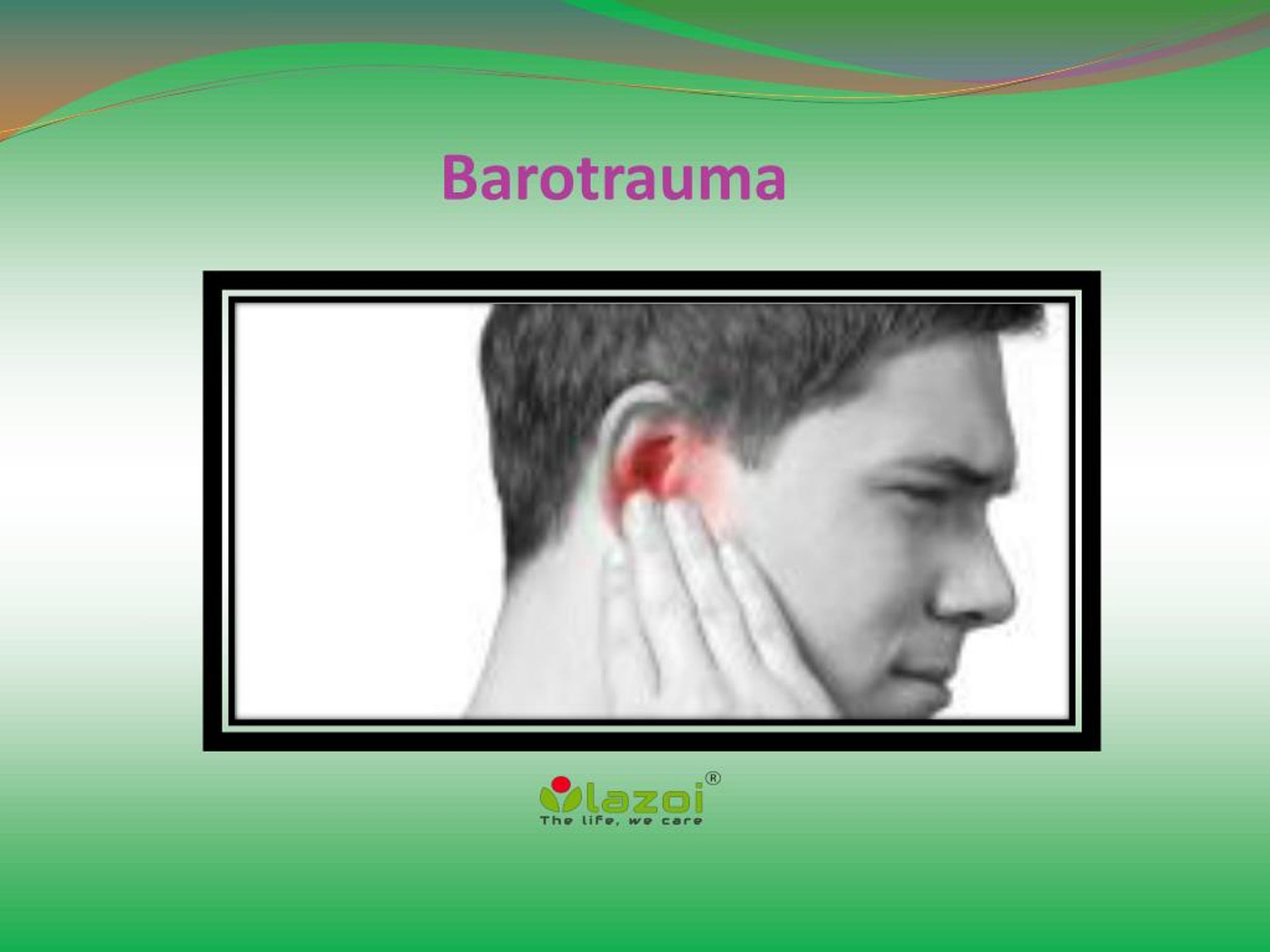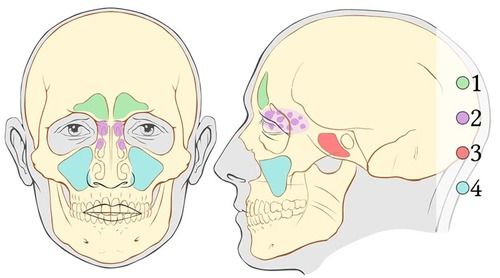

The Eustachian tube is a bony-cartilaginous tube that connects the middle ear to the back of the nose (area known as nasopharynx). It is a condition in which one experiences ear symptoms (usually discomfort, blockage, pain or giddiness) as a result of exposure to changes in pressure in the environment (usually from a change in altitude) She was advised to take precautions to avoid such situation in the future. A clinical examination showed complete resolution of the blood in her middle ear.

Upon review in the clinic about a month later, Ms A was happy that her symptoms have resolved and her hearing is now back to normal. Picture of a normal left ear canal and ear drum Picture of Ms A’s left ear drum with blood behind it Picture of Ms A’s right ear drum with blood behind it (reddish hue) I explained to Ms A that she sustained a barotrauma to her middle ear and reassured her that the blood behind her ear drum (known medically as hemotympanum) will resolve on its own with time. This resulted in a conductive hearing loss which was confirmed on a hearing test (audiometry). On clinical examination, there was a collection of blood in both her middle ears, just behind her ear drums. She did give a history of having ear discomforts during flights. She denied any ear discharge, giddiness, headaches or nasal symptoms. She was worried that she might have sustained a permanent injury to her ears. read more ).I recently saw a patient, Ms A who suffered from blocked ears and ear pain after taking her first diving lesson. It can affect the ear (causing ear pain, hearing loss, and/or vestibular symptoms) or the sinuses. Overpressurization in the sphenoid sinus occasionally compresses the optic nerve, causing decreased vision or blindness ( 3, 4 General references Barotrauma is tissue injury caused by a pressure-related change in body compartment gas volume. Maxillary sinus overpressurization can compress the maxillary branch of the trigeminal nerve, causing hyperesthesia over the cheek. Pain can be severe, sometimes accompanied by facial tenderness on palpation. Divers experience mild pressure to severe pain, with a feeling of congestion in the involved sinus compartments during ascent or descent and sometimes epistaxis. Sinus barotrauma most often affects the frontal sinuses, followed by the ethmoid and maxillary sinuses ( 3 General references Barotrauma is tissue injury caused by a pressure-related change in body compartment gas volume.


Weakness of both upper and lower face distinguishes facial baroparesis from stroke or arterial gas embolism ( 1 General references Barotrauma is tissue injury caused by a pressure-related change in body compartment gas volume. When pressure within the middle ear remains elevated during or after ascent from a dive, the facial nerve can be compressed (facial baroparesis), resulting in ipsilateral upper and lower facial paresis. On examination of the ear canal, the tympanic membrane may show congestion, hemotympanum, perforation, or lack of mobility during air insufflation with a pneumatic otoscope conductive hearing loss is usually present. Inflow of cold water to the middle ear may result in vertigo, nausea, and disorientation while submerged. Typically, divers experience ear fullness and pain during descent if pressure is not quickly equilibrated, middle ear hemorrhage or tympanic membrane rupture may occur. Diving can affect the external, middle, and inner ear.


 0 kommentar(er)
0 kommentar(er)
